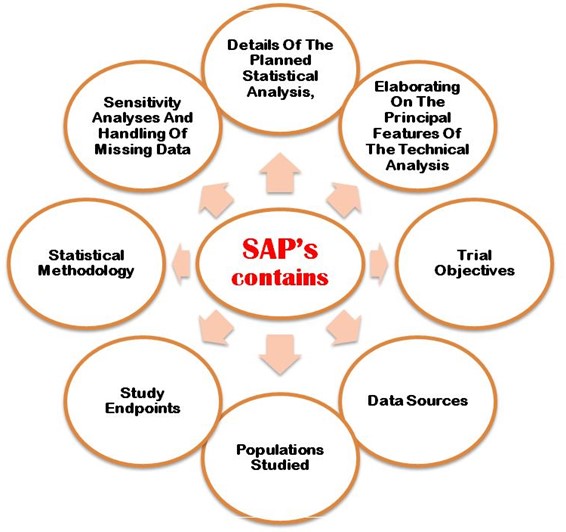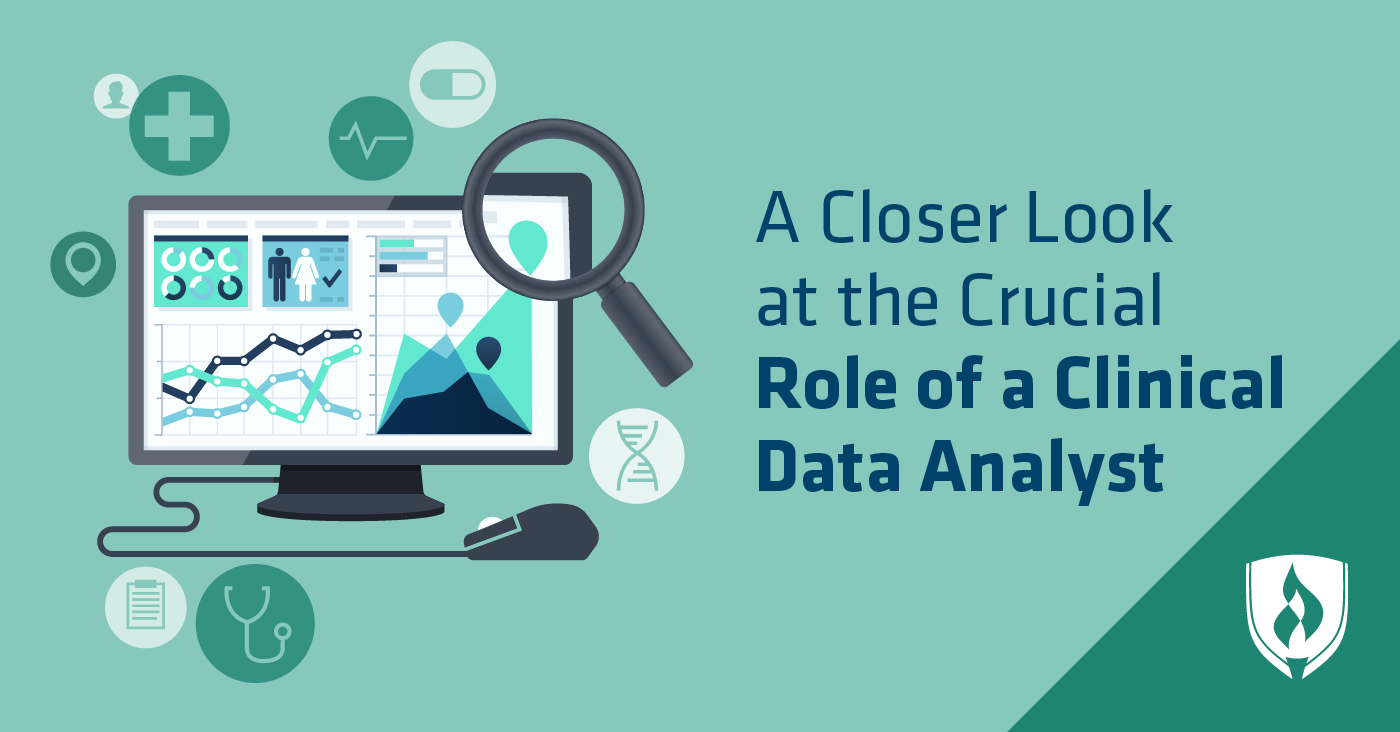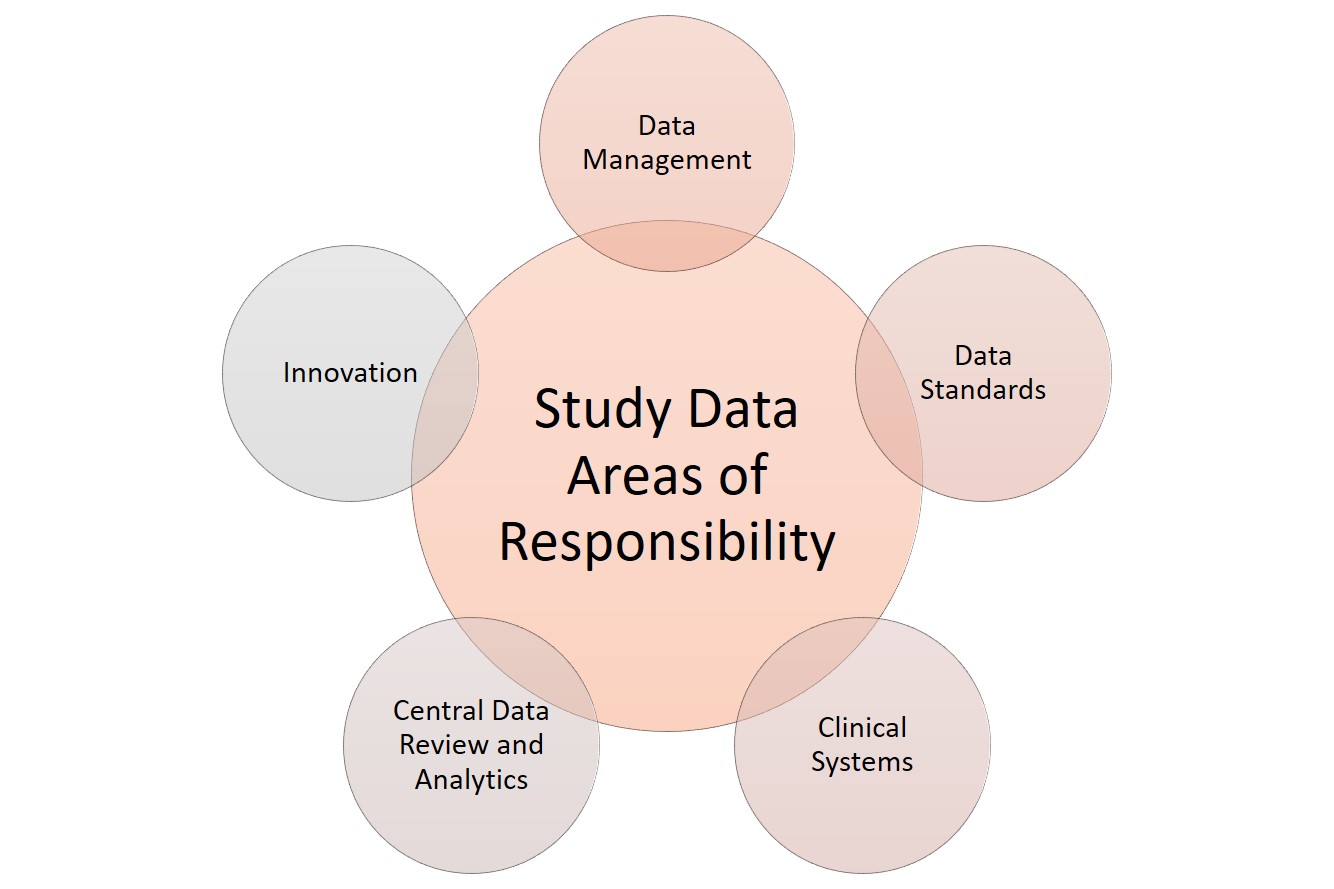Clinical Trial Data Analysis: A Comprehensive Overview|2025
/in General Articles /by BesttutorExplore a comprehensive overview of Clinical Trial Data Analysis, covering key methodologies, tools, and insights for effective data interpretation in medical research.
Clinical trials are essential in evaluating the safety and efficacy of new treatments, drugs, and medical devices. The data generated from these trials must be carefully analyzed to provide meaningful insights. This paper delves into the methods, techniques, and importance of statistical analysis in clinical trial data, offering a detailed exploration of the role statistics plays in ensuring reliable, valid, and actionable results.
Table of Contents
ToggleIntroduction
Clinical trial data analysis is a vital component of the drug development process. It involves a series of statistical methods and techniques applied to the data collected from clinical trials to determine the effectiveness of new treatments. The analysis must be rigorous to ensure that the findings are accurate, unbiased, and applicable to the broader population. In the context of pharmaceutical trials, proper data analysis can distinguish between promising treatments and those that may cause harm or fail to deliver the expected benefits.
This paper explores the different aspects of clinical trial data analysis, covering various statistical methods, their application in clinical trials, and the importance of proper data interpretation. The discussion will focus on key concepts, including interim analysis, the role of statistics in pharmaceutical trials, and the educational resources available to professionals in the field, such as courses, PDFs, and presentations.
The Role of Statistics in Clinical Trials
Statistics plays a crucial role in clinical trials, helping researchers design trials, analyze results, and draw conclusions that can inform medical decisions. The primary goal of clinical trials is to assess whether a new drug or treatment works as expected and is safe for use. Statistical analysis is used at all stages of the clinical trial process, from study design to data collection, and ultimately, to data interpretation.
Key Roles of Statistics in Clinical Trials:
- Study Design: Statistical techniques help design clinical trials in a way that maximizes the chances of detecting a meaningful treatment effect while minimizing bias and errors. This includes determining sample sizes, randomization procedures, and methods to control for confounding factors.
- Data Collection and Management: During the trial, statisticians ensure that the data collected is accurate, consistent, and reliable. Data management systems are used to track patient outcomes, monitor adverse events, and ensure that data is properly stored and protected.
- Data Analysis: Once the trial is complete, statistical analysis is applied to evaluate the treatment’s efficacy and safety. This includes comparing outcomes between treatment and control groups, adjusting for confounders, and determining the statistical significance of findings.
- Interim Analysis: In some trials, interim analyses are performed before the study is completed. These analyses allow researchers to assess the data at a midpoint, providing early indications of whether the treatment is effective or if the trial should be stopped early due to safety concerns.
Statistical Methods in Clinical Trials
Several statistical methods are commonly used in clinical trial data analysis. These include:
- Descriptive Statistics: Descriptive statistics summarize and describe the characteristics of the data. Measures such as mean, median, and standard deviation are commonly used to summarize continuous variables, while frequency counts and percentages are used for categorical variables.
- Inferential Statistics: Inferential statistics help determine whether observed differences in outcomes between treatment and control groups are statistically significant. Common techniques include hypothesis testing, confidence intervals, and p-values.
- Regression Analysis: Regression techniques, such as logistic regression or Cox proportional hazards models, are used to analyze the relationship between treatment and outcomes, adjusting for potential confounders and other variables.
- Survival Analysis: Survival analysis techniques, such as Kaplan-Meier estimates and Cox regression, are used to analyze time-to-event data, such as time to disease progression or time to relapse.
- Analysis of Variance (ANOVA): ANOVA is used to compare the means of different treatment groups and determine whether any differences are statistically significant.
- Meta-Analysis: Meta-analysis involves combining data from multiple studies to increase statistical power and draw more robust conclusions about treatment effects.
Importance of Interim Analysis in Clinical Trials
Interim analysis refers to the analysis of data collected during the course of a clinical trial, before its formal conclusion. The purpose of interim analysis is to allow researchers to make informed decisions about whether to continue, modify, or stop the trial based on early results.
Types of Interim Analysis
- Early Stopping for Efficacy: If early data suggests that the treatment is highly effective, the trial may be stopped early to allow participants to receive the treatment as soon as possible.
- Early Stopping for Harm: If the treatment shows signs of causing harm or adverse effects, the trial may be stopped early to protect participants.
- Futility Analysis: If the interim analysis indicates that the treatment is unlikely to show a significant benefit, the trial may be stopped early due to futility.
Considerations for Interim Analysis
Interim analysis must be performed with caution. Since multiple analyses are conducted during the trial, there is a risk of false positives (type I errors). Statistical methods, such as the O’Brien-Fleming or Pocock boundaries, are used to control for these risks and ensure that early stopping decisions are based on reliable evidence.
Interim analysis is often discussed in detail in presentations and educational resources, such as “Interim Analysis in Clinical Trials ppt,” to provide an understanding of its role, methodologies, and best practices.
How Statistics is Used in Pharmaceutical Trials
Pharmaceutical companies rely heavily on clinical trial data to demonstrate the efficacy and safety of new drugs or treatments. Statistical analysis is at the core of this process, ensuring that the results are valid and that regulatory agencies, such as the FDA or EMA, can make informed decisions about drug approval.
Key Uses of Statistics in Pharmaceutical Trials
- Designing Randomized Controlled Trials (RCTs): RCTs are the gold standard in clinical trials, and statistical methods are used to randomize participants, ensuring that the treatment groups are comparable at baseline.
- Analyzing Treatment Effects: Statisticians use various statistical tests to compare the outcomes of different treatment groups, adjusting for potential confounders and ensuring that the results are robust.
- Power and Sample Size Calculations: Before starting a trial, statisticians calculate the sample size required to detect a clinically meaningful difference between treatment groups. This ensures that the trial has enough statistical power to draw valid conclusions.
- Regulatory Submission: After the trial is completed, statistical analyses are used to prepare the data for submission to regulatory agencies. The results must be presented clearly and transparently, with appropriate statistical tests and confidence intervals.
Educational Resources in Clinical Trial Data Analysis
For professionals looking to learn more about clinical trial data analysis, there are various educational resources available. These resources can help individuals gain the knowledge and skills necessary to analyze clinical trial data effectively.
Clinical Trial Data Analysis Course
A clinical trial data analysis course is an excellent way to gain in-depth knowledge of the subject. These courses are often offered by universities, professional organizations, and online platforms. They cover topics such as study design, statistical methods, regulatory requirements, and data interpretation.
Statistical Analysis in Clinical Trials PDF
For those looking for more detailed explanations, many educational PDFs are available that provide a thorough overview of statistical analysis in clinical trials. These resources are often used by researchers, statisticians, and students to gain a deeper understanding of the methodologies and techniques used in clinical trial data analysis.
Statistical Analysis in Clinical Trials PPT
PowerPoint presentations (e.g., Statistical Analysis in Clinical Trials ppt) are commonly used in academic settings and workshops to provide visual aids for understanding the statistical methods used in clinical trials. These presentations typically include explanations of various statistical tests, examples of trial designs, and case studies to help learners grasp key concepts.
Research Paper on Statistical Analysis
A research paper on statistical analysis can provide insights into the latest trends, methodologies, and challenges in clinical trial data analysis. Researchers and practitioners often publish papers to share their findings, explore new statistical techniques, and discuss best practices for data analysis.
Conclusion
Clinical trial data analysis is a complex and essential component of the drug development process. Statistical analysis helps ensure that the results are accurate, reliable, and meaningful, allowing researchers to draw valid conclusions about the efficacy and safety of new treatments. The role of statistics in clinical trials extends from study design to data interpretation and regulatory submission, ensuring that decisions made based on trial data are scientifically sound.
Educational resources, such as clinical trial data analysis courses, statistical analysis in clinical trials PDFs, and powerpoint presentations, play a crucial role in equipping researchers and statisticians with the knowledge and skills needed to navigate this challenging field. Whether through formal education or research papers, the use of statistics in clinical trials will continue to be a cornerstone of pharmaceutical research and medical innovation.
Needs help with similar assignment?
We are available 24x7 to deliver the best services and assignment ready within 3-4 hours? Order a custom-written, plagiarism-free paper




